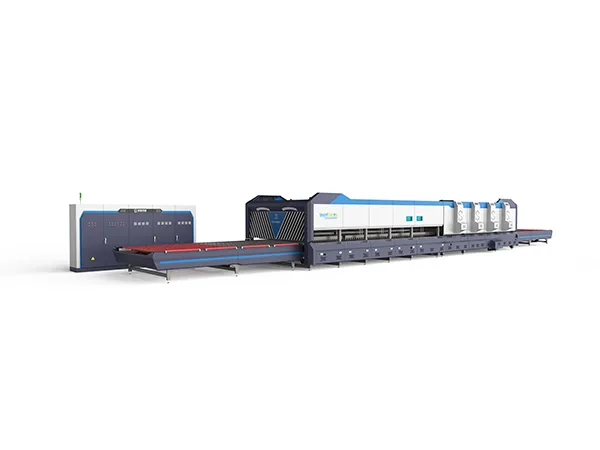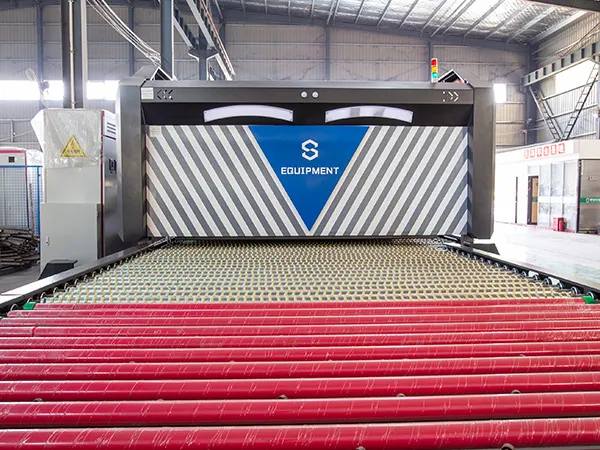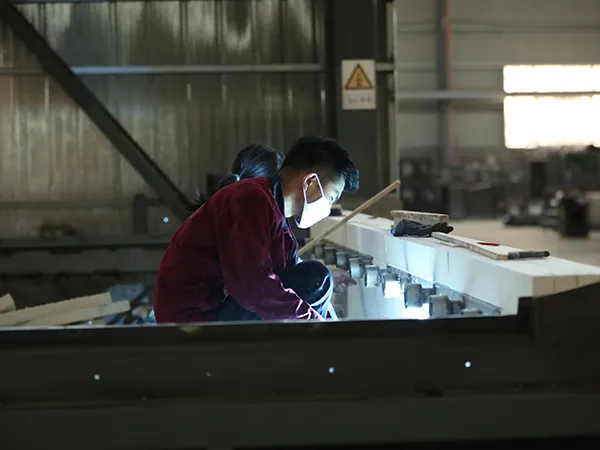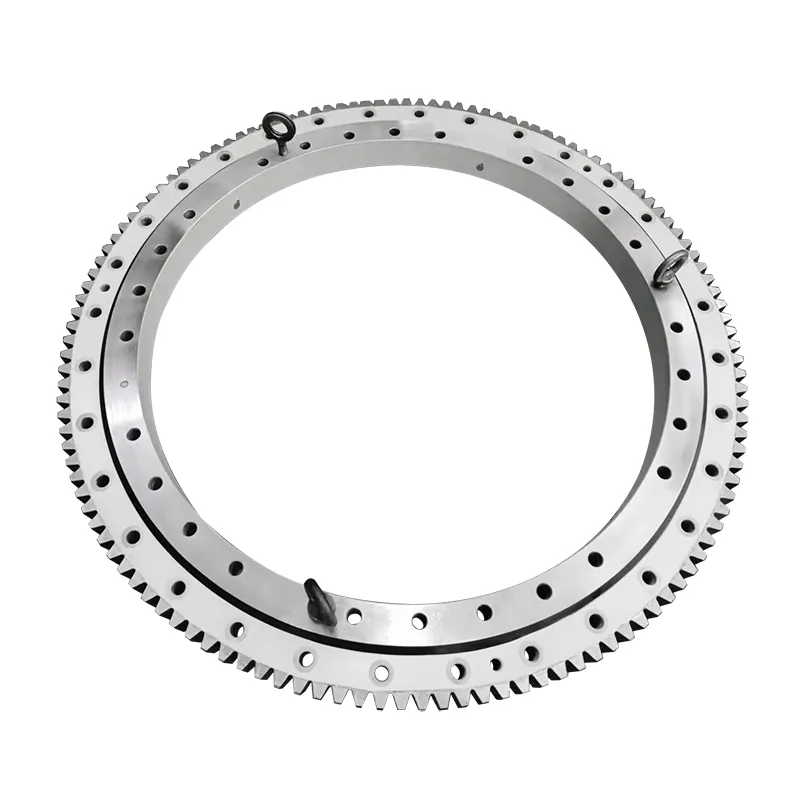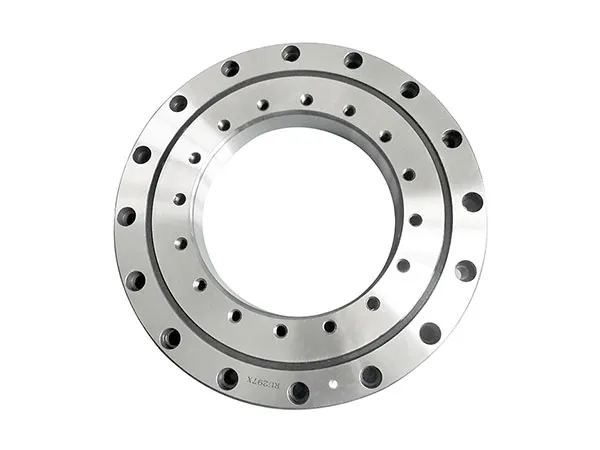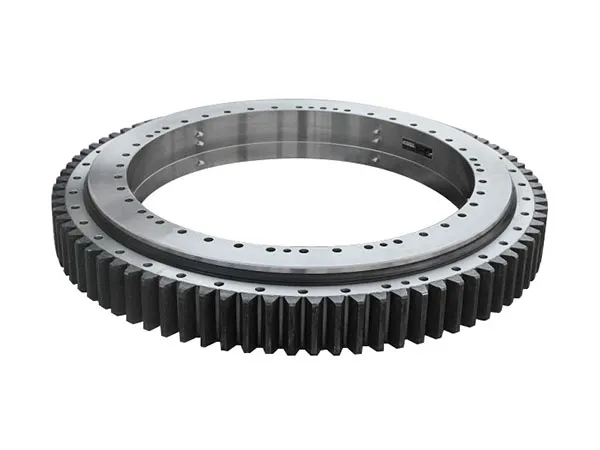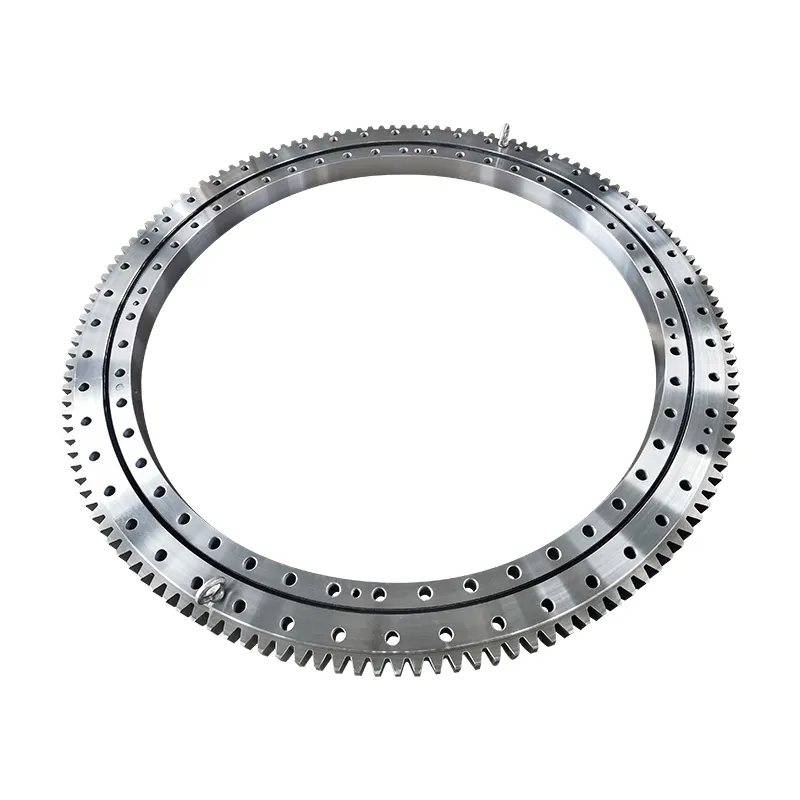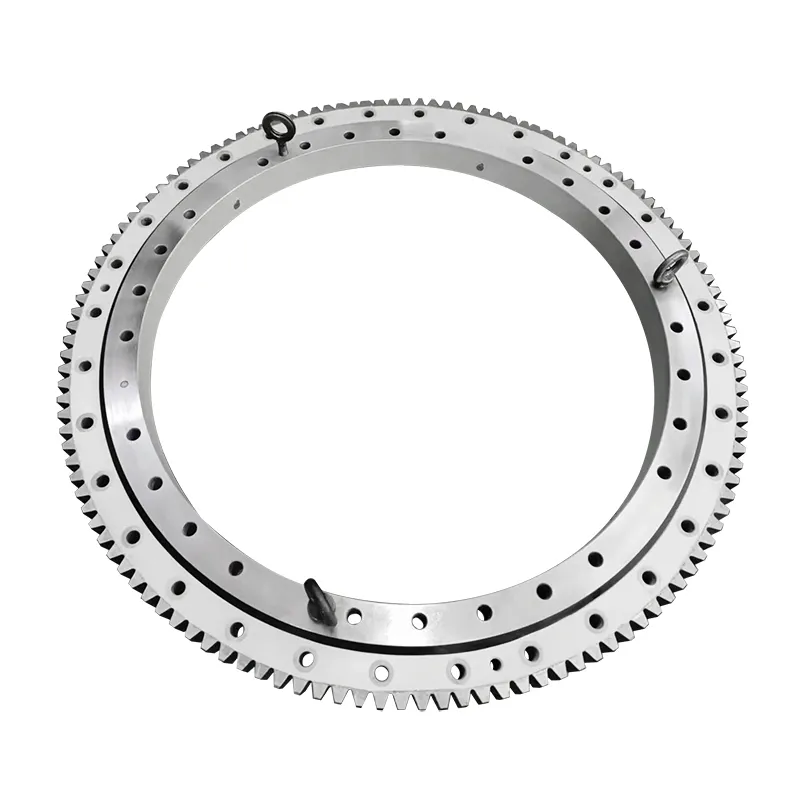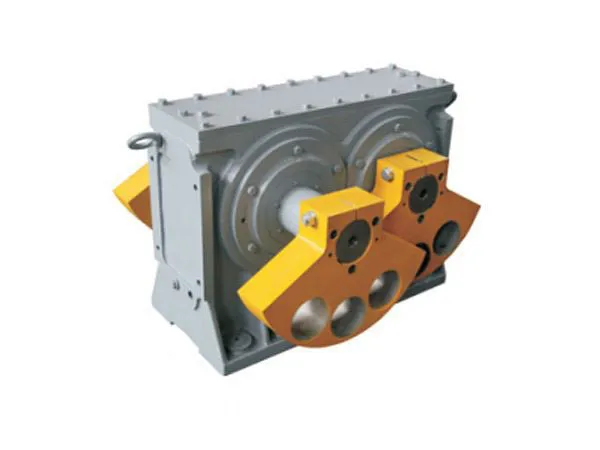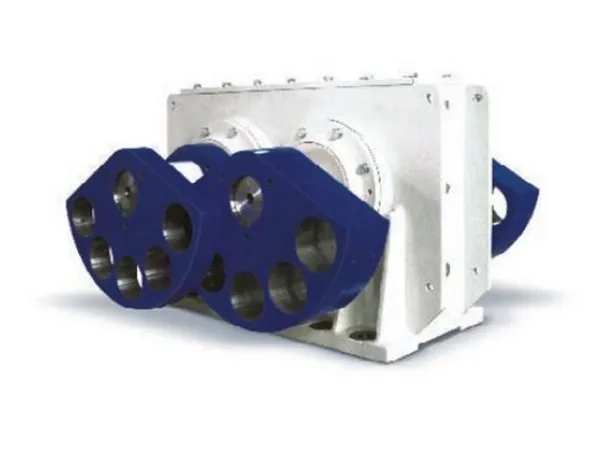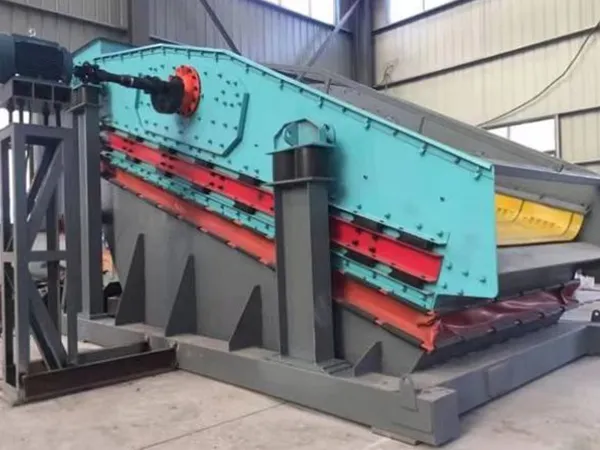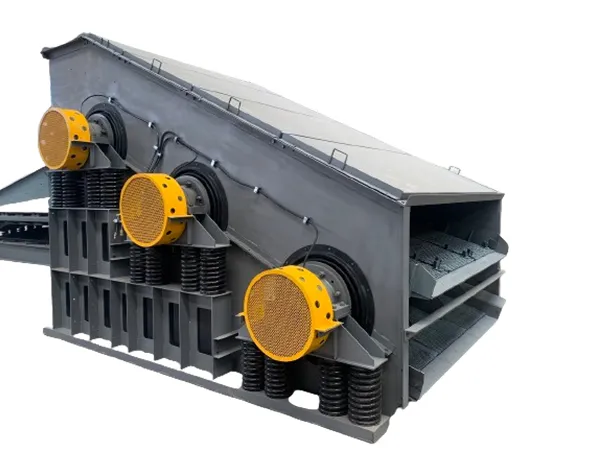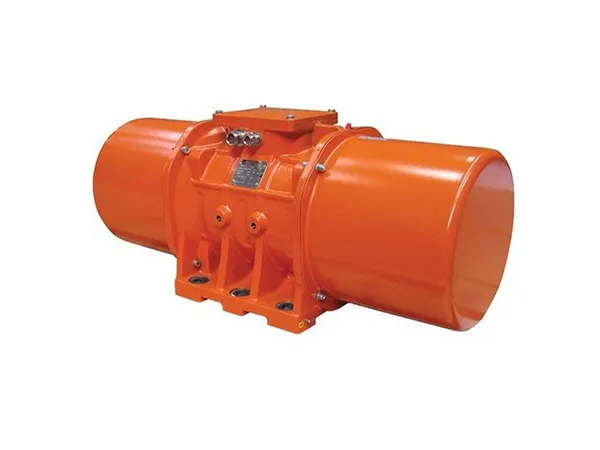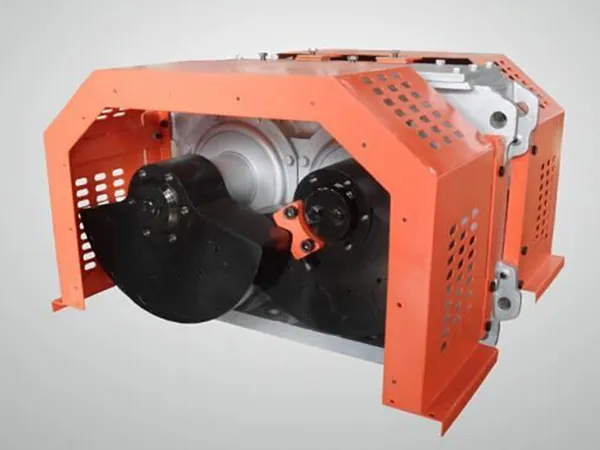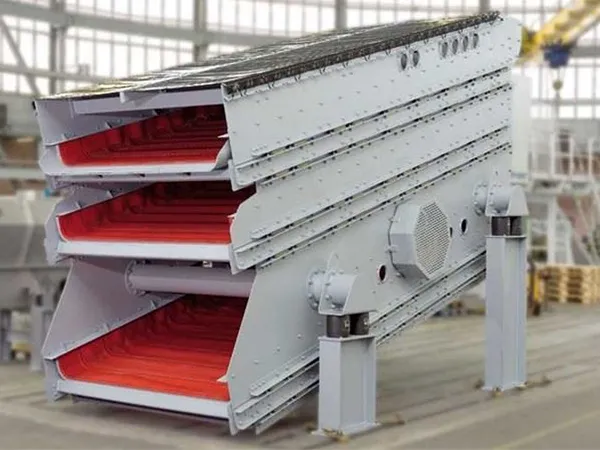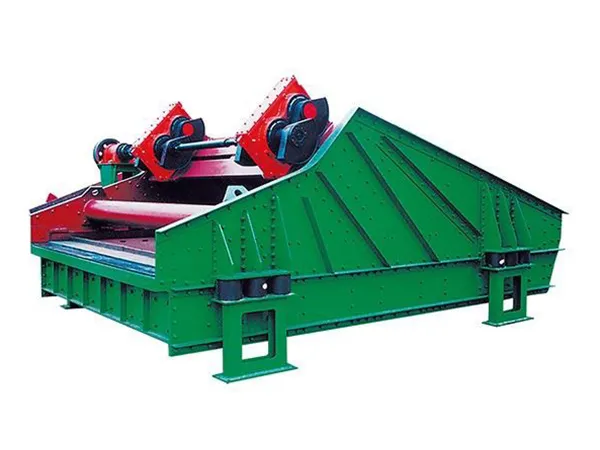https://www.ls-casting-mold.com/wp-content/uploads/2024/04/4.jpg
450
600
lsmojv
http://www.ls-casting-mold.com/wp-content/uploads/2018/12/lslogo-300x138.png
lsmojv2024-11-29 16:06:292024-11-29 16:06:29¿Cuál es el principio de flexión del horno de templado de curvatura plana??
https://www.ls-casting-mold.com/wp-content/uploads/2024/10/8-1.jpg
450
600
lsmojv
http://www.ls-casting-mold.com/wp-content/uploads/2018/12/lslogo-300x138.png
lsmojv2024-11-29 15:56:022024-11-29 15:56:02¿Cuáles son los tipos de hornos de templado de vidrio??
https://www.ls-casting-mold.com/wp-content/uploads/2024/10/13-1.jpg
450
600
lsmojv
http://www.ls-casting-mold.com/wp-content/uploads/2018/12/lslogo-300x138.png
lsmojv2024-11-29 15:46:152024-11-29 15:46:15Proceso de fabricación de rodamientos giratorios y pasos detallados.
https://www.ls-casting-mold.com/wp-content/uploads/2024/10/9-1.jpg
450
600
lsmojv
http://www.ls-casting-mold.com/wp-content/uploads/2018/12/lslogo-300x138.png
lsmojv2024-11-29 15:40:382024-11-29 15:40:38Cómo mantener los rodamientos giratorios de bolas de dos hileras.
https://www.ls-casting-mold.com/wp-content/uploads/2024/10/9-1.jpg
450
600
lsmojv
http://www.ls-casting-mold.com/wp-content/uploads/2018/12/lslogo-300x138.png
lsmojv2024-11-29 15:35:142024-11-29 15:35:14Cómo instalar rodamientos de bolas de cuatro puntos de contacto
https://www.ls-casting-mold.com/wp-content/uploads/2024/10/13-1.jpg
450
600
lsmojv
http://www.ls-casting-mold.com/wp-content/uploads/2018/12/lslogo-300x138.png
lsmojv2024-11-29 15:28:322024-11-29 15:28:32Cómo seleccionar rodamientos de bolas con cuatro puntos de contacto
https://www.ls-casting-mold.com/wp-content/uploads/2024/11/50.jpg
450
600
lsmojv
http://www.ls-casting-mold.com/wp-content/uploads/2018/12/lslogo-300x138.png
lsmojv2024-11-29 15:10:052024-11-29 15:18:38¿Cuáles son los procedimientos y requisitos de mantenimiento para los excitadores de cribas vibratorias??
https://www.ls-casting-mold.com/wp-content/uploads/2024/11/50.jpg
450
600
lsmojv
http://www.ls-casting-mold.com/wp-content/uploads/2018/12/lslogo-300x138.png
lsmojv2024-11-29 15:03:372024-11-29 15:03:37¿Cuáles son los procedimientos y requisitos de mantenimiento para los excitadores de cribas vibratorias??
https://www.ls-casting-mold.com/wp-content/uploads/2024/04/2.jpg
450
600
lsmojv
http://www.ls-casting-mold.com/wp-content/uploads/2018/12/lslogo-300x138.png
lsmojv2024-11-29 14:55:262024-11-29 14:55:26Guía de métodos de instalación del motor de vibración
https://www.ls-casting-mold.com/wp-content/uploads/2024/04/20.jpg
450
600
lsmojv
http://www.ls-casting-mold.com/wp-content/uploads/2018/12/lslogo-300x138.png
lsmojv2024-11-29 14:37:572024-11-29 14:37:57Cómo instalar el cojinete de criba vibratoria
Desplazarse hacia arriba
